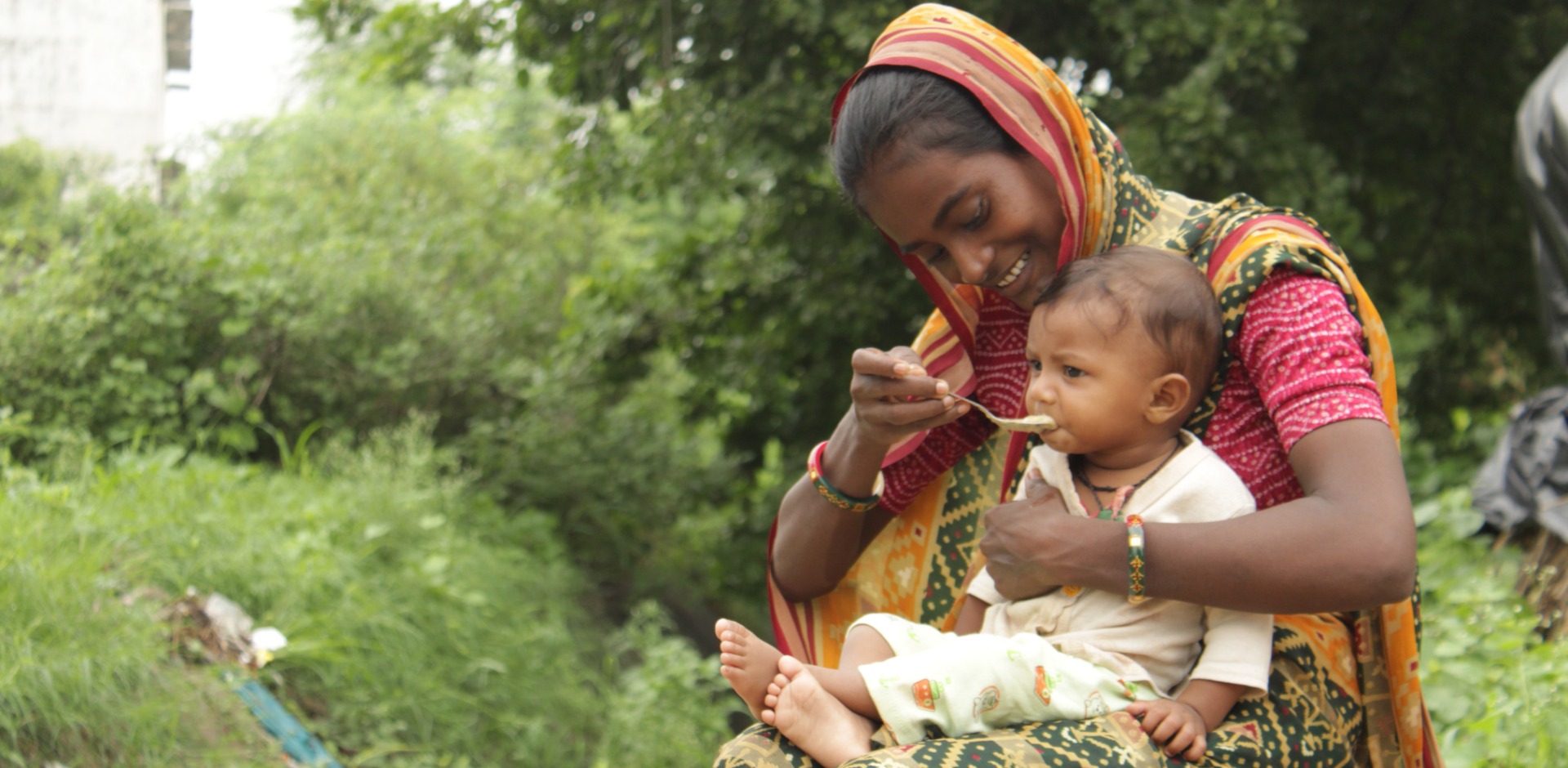
This Holiday Season, Give the Gift of Hope
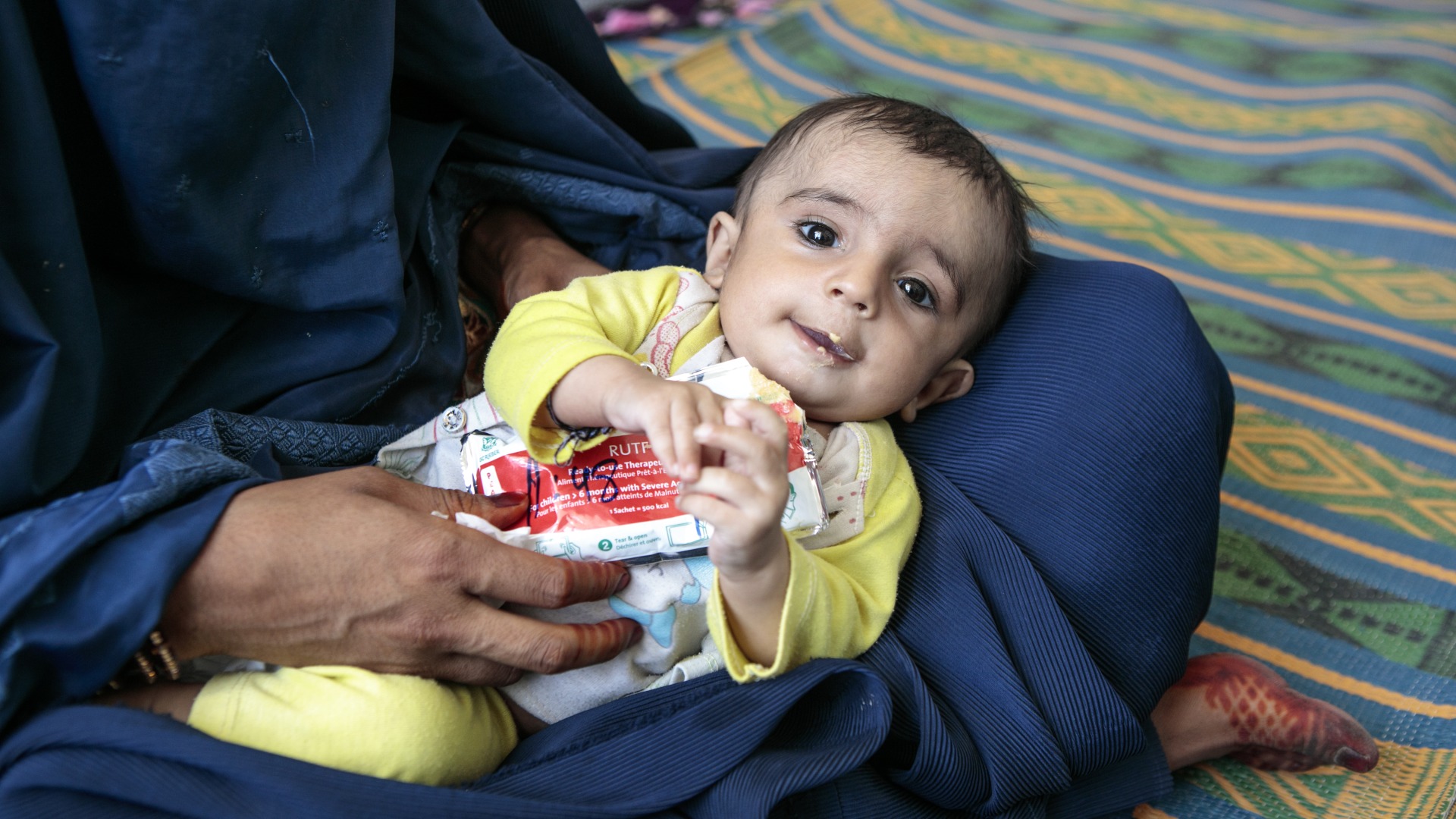
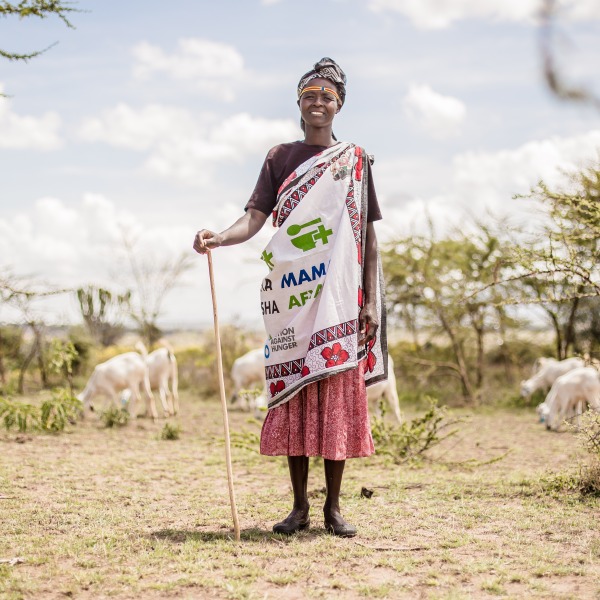
There is more than enough food produced in the world to feed everyone on the planet. Yet as many as 673 million people still go hungry.

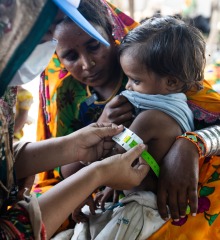
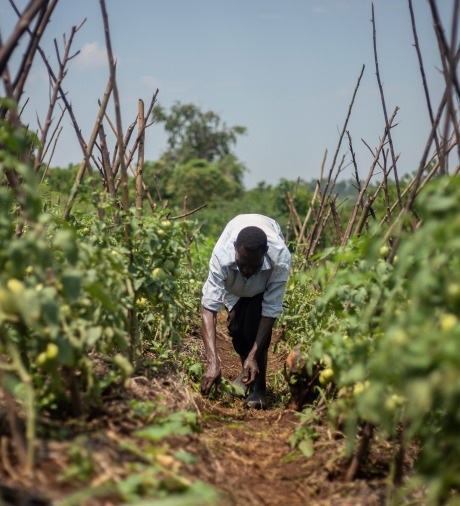
Nearly one in 11 people around the world go to bed hungry each night, a crisis driven largely by conflict, climate change, and chronic inequality.
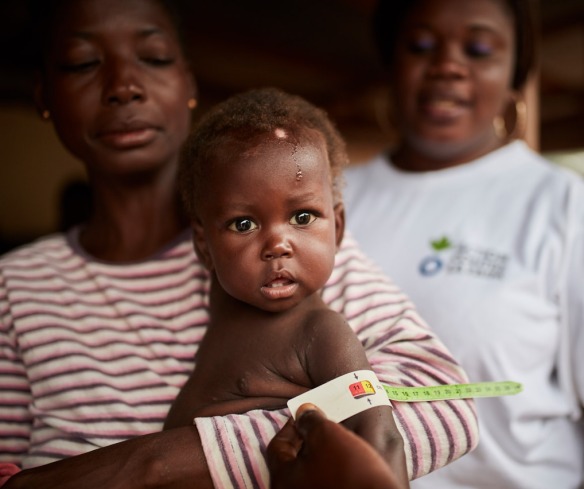
Children Suffer from Severe Acute Malnutrition
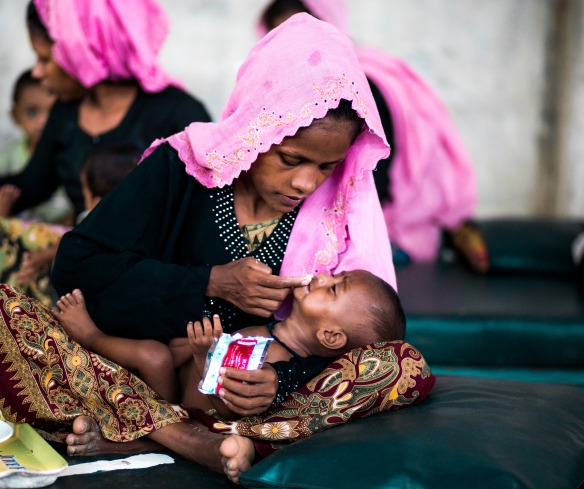
Of Child Deaths Worldwide Are Due to Hunger & Related Causes
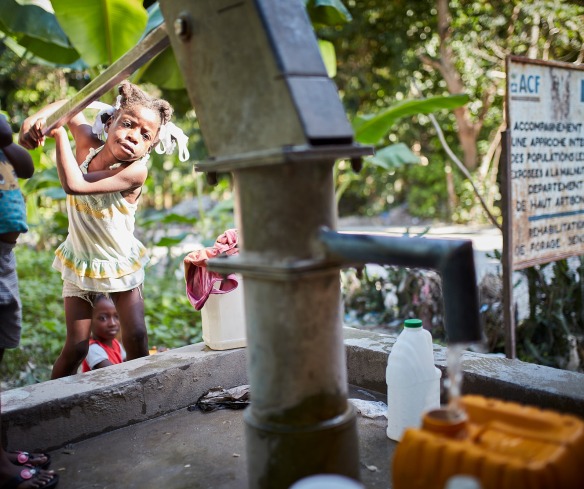
Children Die Each Day from Illnesses Caused by Dirty Water and Unhygienic Living Conditions.
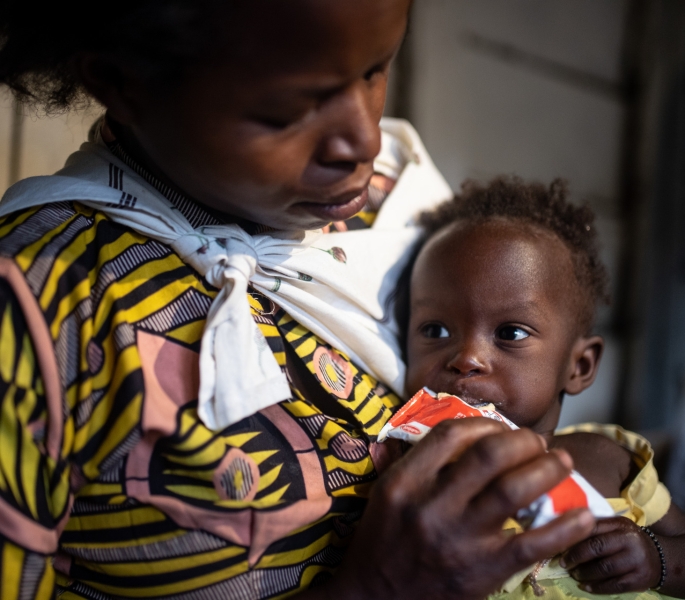
Hunger is more complicated than empty bellies. It’s a multifaceted problem with many root causes and far-reaching impact. The first step to ending the global hunger crisis is to understand what it is and why it exists in a world of plenty.
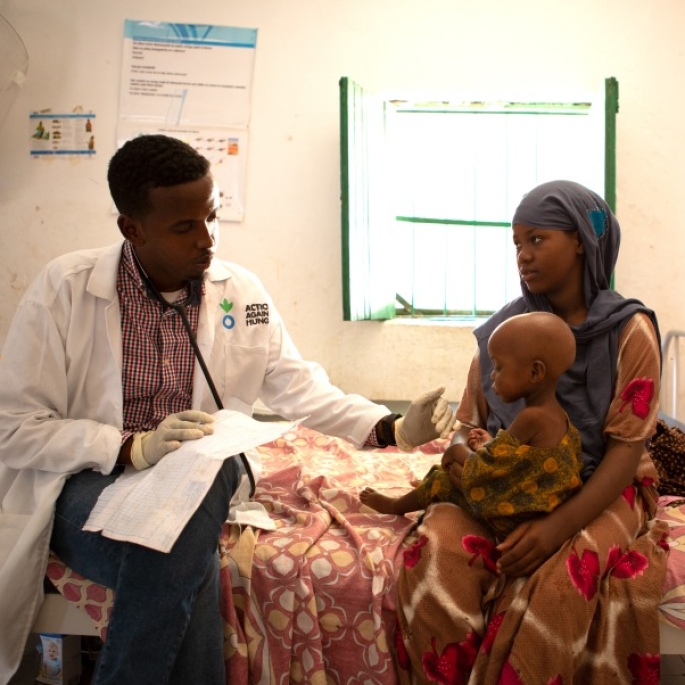
An overwhelming majority of the world’s hungry people reside in the developing world, where extreme poverty and lack of access to nutritious food often leads to malnutrition. Women and children are particularly vulnerable.
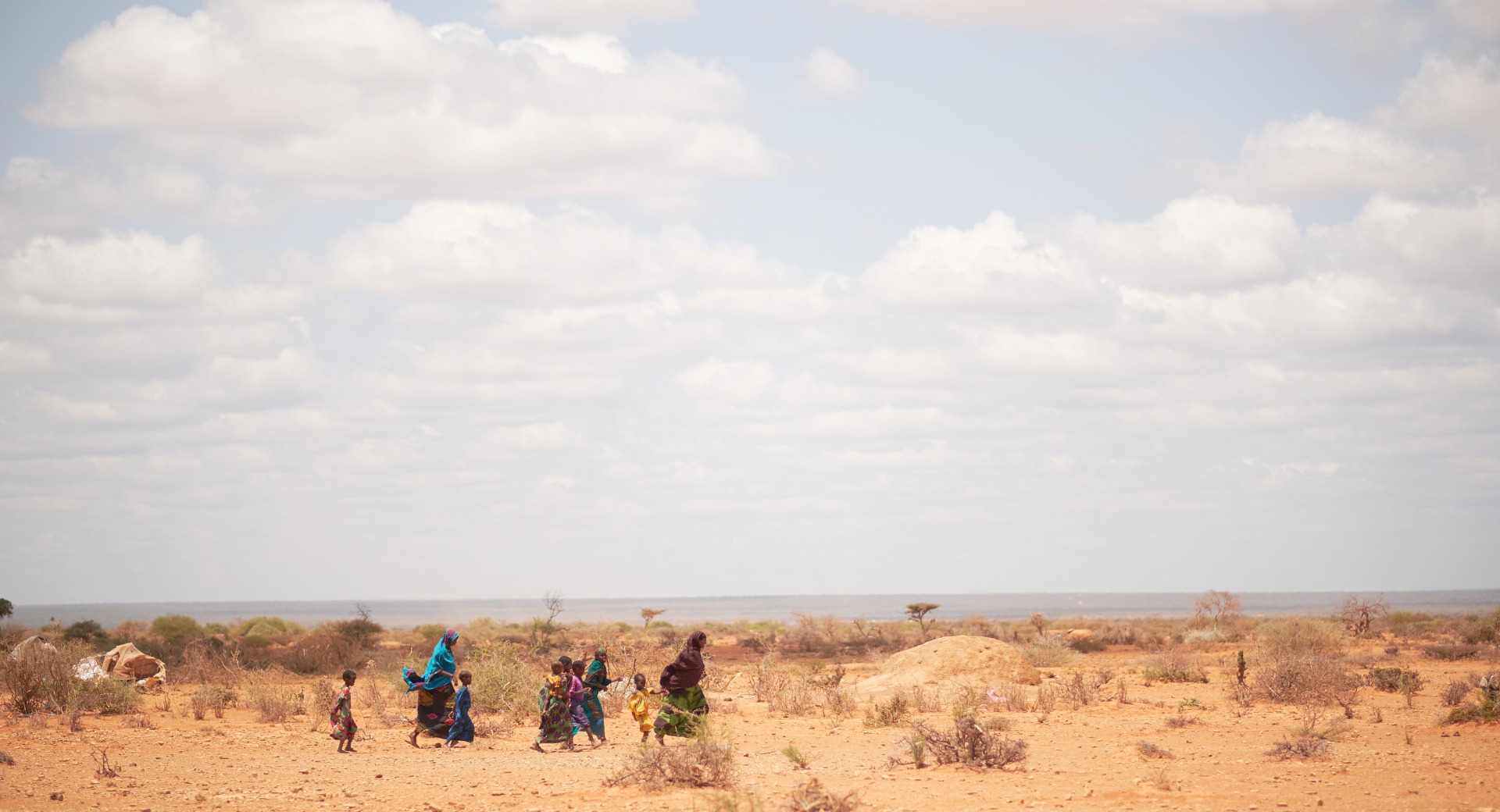
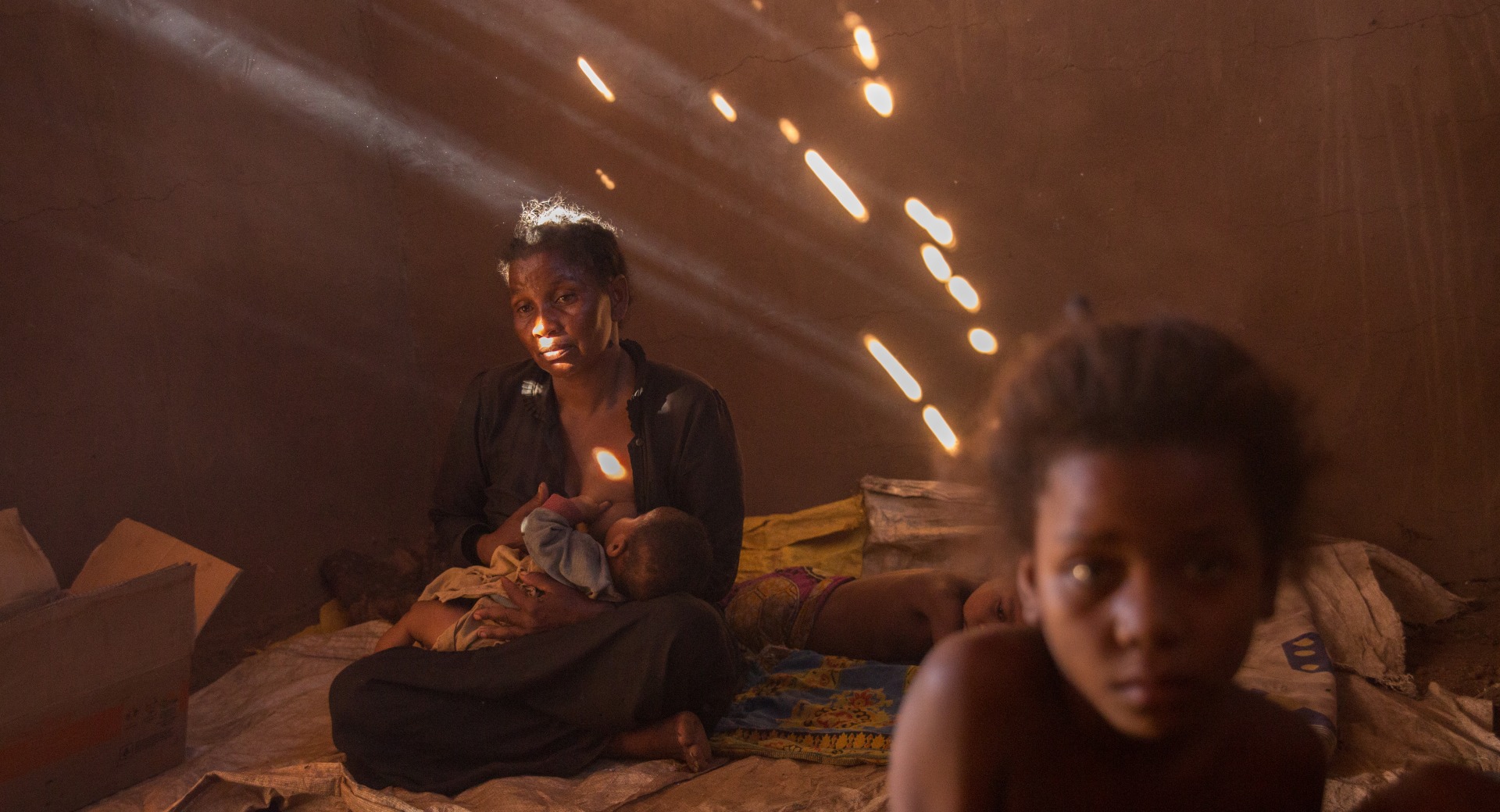
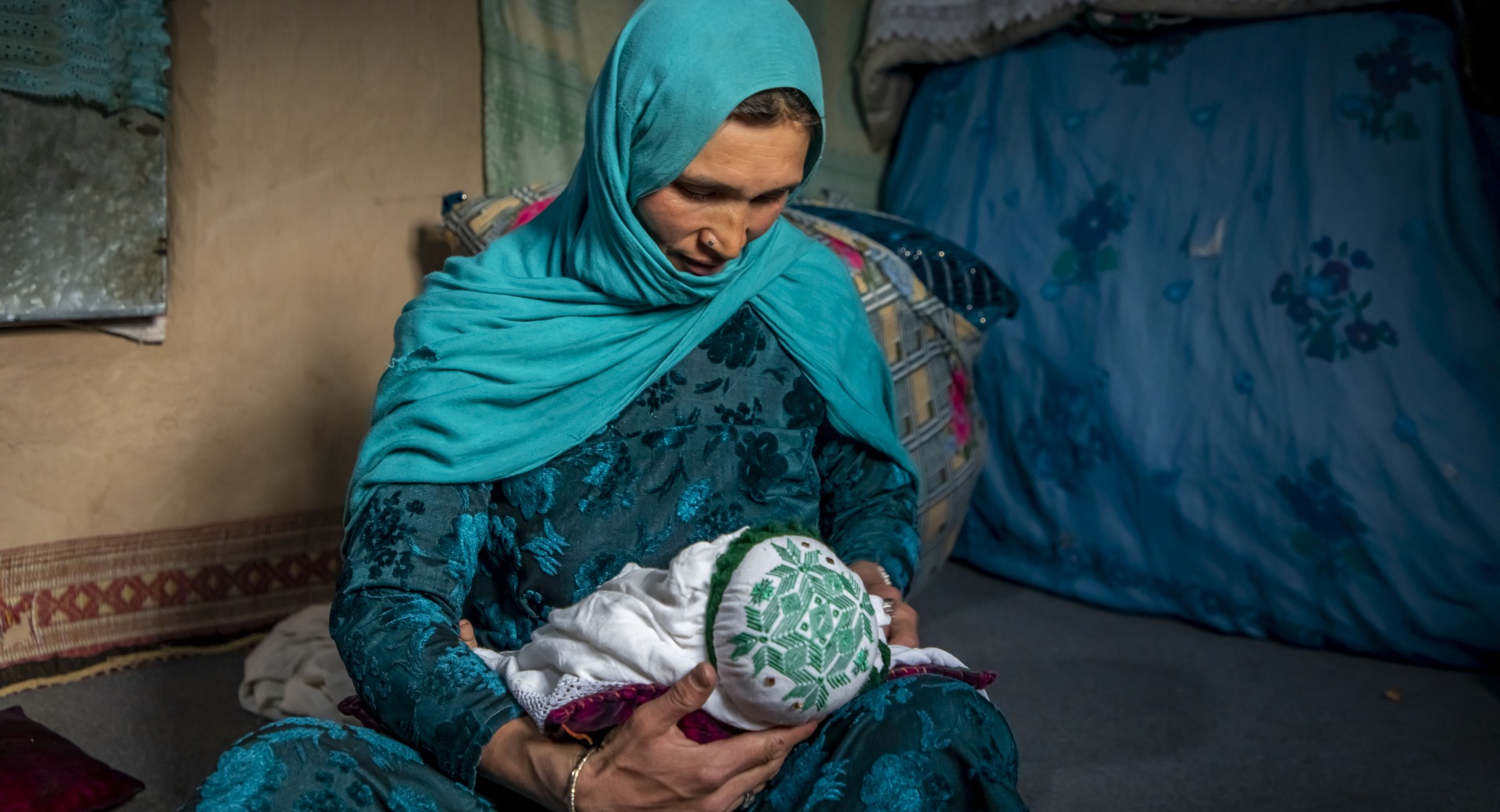
Due to the severe drought in Somalia, Mumina has no food and no breastmilk left to feed her youngest baby.
“What Can I Give Her?”Today, we made dried tamarind. You crush the tamarind until it’s a sticky paste. Then you add ash and cook it. We’ll eat it this evening. It’s not healthy at all, but at least we have something warm in our bellies.”
— Tsiharatie, a mother of seven children in Madagascar
“We Have Nothing to Eat Because of the Drought”Both me and my child were very weak. We do not have enough food - just a bit of rice, wheat, and flour, nothing else. Pregnant women here face the risk of death, and they face many other risks. They do a lot of work, and they have no choice because there is no one else to work.”
— Nadia, a mother of five in Afghanistan
Afghanistan: Voices of Mothers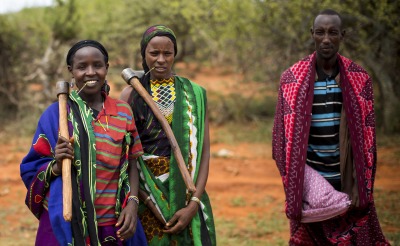
Power determines who eats and who goes hungry, who lives and who dies.
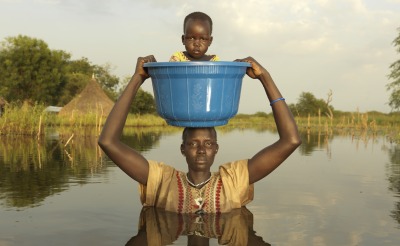
The climate crisis is driving hunger and malnutrition around the world.

Eighty-five percent of the world’s malnourished people live in conflict zones.
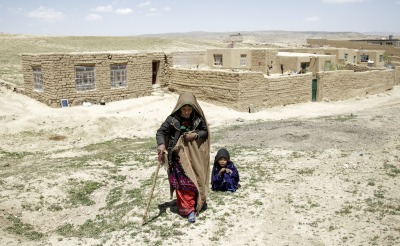
Humanitarian emergencies disrupt and destroy livelihoods for millions of people.
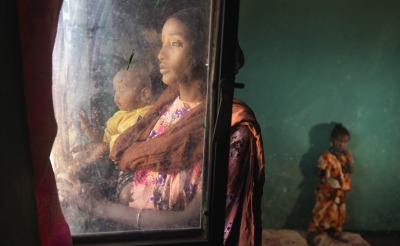
Extreme poverty, lack of sufficient food, and hunger are inextricably linked.
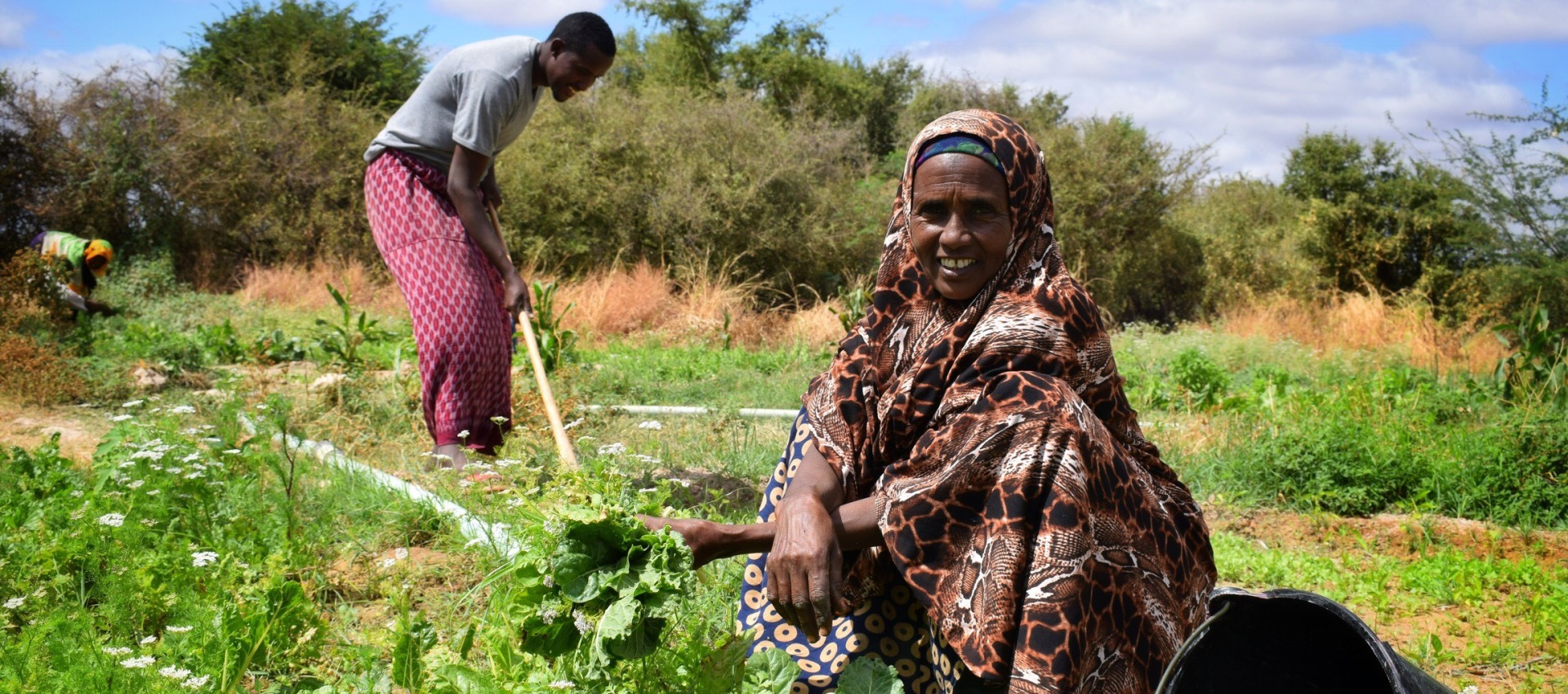
These countries need immediate life-saving help.